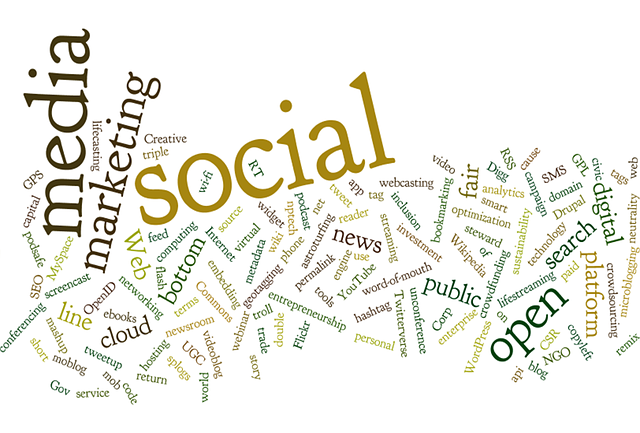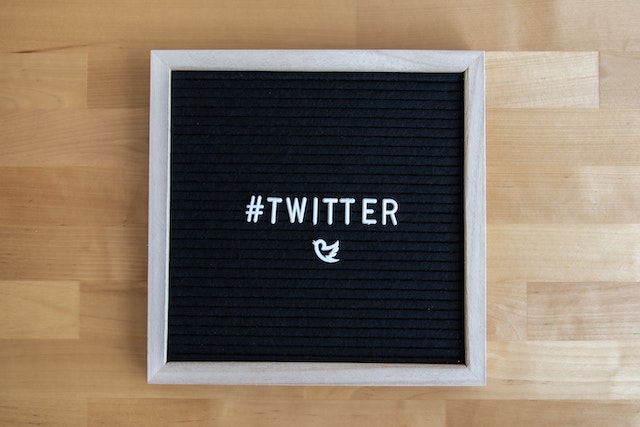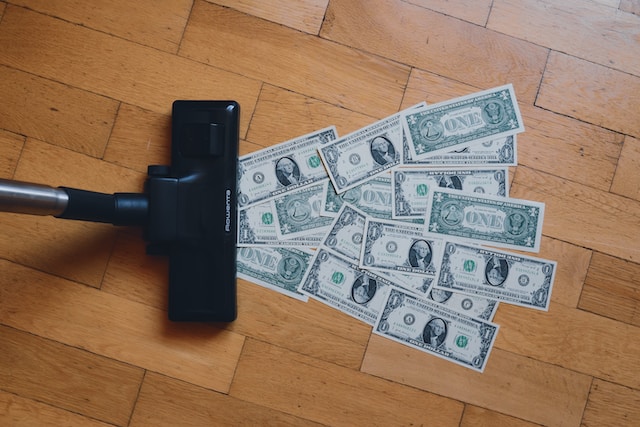The prevalence of fake news on social media lately is alarming, and the intention behind it is disturbing. News distortion includes the fabrication of stories, catchy but inaccurate headlines, and edited media. Therefore, people are losing trust in news outlets and other news sources.
However, individuals are also to blame as they play significant roles in disseminating false news on social media. Propagated falsehoods have disastrous implications for individuals, marketing efforts, and societal well-being. Therefore, everyone ought to verify information from social media and devise means for discovering lies.
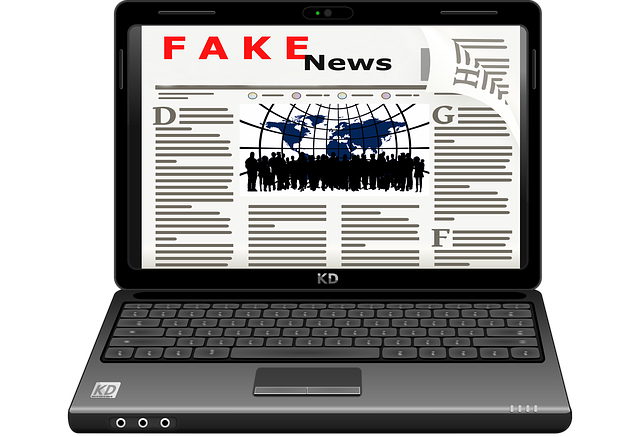
Fake News on Social Media Data
People publish misinformation on social media platforms because of their reach. The purpose of this act includes promoting secret agendas, deceiving or confusing people, or getting people to click dubious links.
False social media news gained popularity in the U.S. during the 2016 election campaign. However, this does not suggest that misinformation is solely politically inclined.
Sometimes, fake news on social media data may combine topics and industries. For example, in 2016, false news claimed that Floyd Mayerwther, the American boxer, attended a political rally wearing a hijab.
Those pushing propaganda craft misinformation enticingly, sometimes with a sprinkle of truth. Sadly, these stories pull audience and engagement, facilitating their spread as social media algorithms relate interaction to relevance.
Sadly, these algorithms lack truth detection mechanisms, preventing them from filtering lies. Gradually, misinformation escalates through online platforms, creating concerns as people believe lies on sensitive topics.
One may suggest gathering information and data from a globally recognized news outlet to avoid misinformation. However, although media houses have social media profiles, they sometimes project ordeals from a partisan stance. In newscasting, journalists have to set aside their subjectivities.
So, the lack of objectivity also misleads the public, thereby contributing to misinformation. Sometimes, the fake information may come from fake accounts that are doppelgängers of the real profiles.
Unsuspecting members of the public then spread the news to a broader audience. A 2020 survey by Statista shows that 38.2% of people have mistakenly reposted fake news on social networks.
The prevalence of falsity on social media led Facebook to remove about 7 million posts in 2020. Hence, caution and plot analysis are necessary for those who get daily global updates from social media.
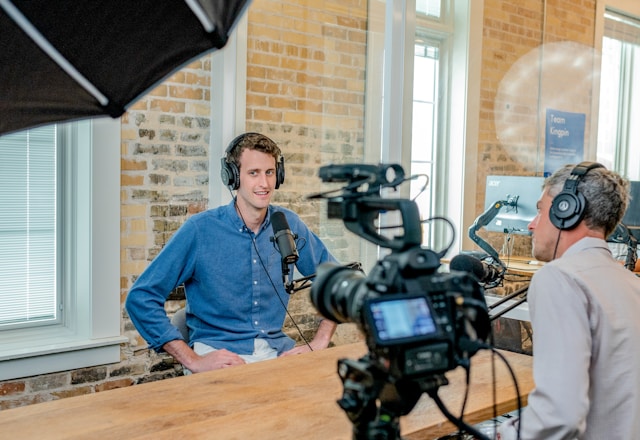
False Information Spread on Social Media
Using Twitter as an example, posts with false content spread 70% faster than real news. While you may blame this on malicious social media bots, that’s untrue.
Falsities have existed for a long time, even before the invention of bots. Humans engineer the creation of false information spread on social media. A developer feeds instructions to every malicious bot. Even when bots publish lies, real users are responsible for sharing and reposting.
Fake news often has an alluring or exciting element that triggers multiple interactions. Therefore, it spreads much faster than real news. Research in 2018 showed genuine and false Twitter news spread to about 1000 and 100,000 people, respectively.
The researcher’s dataset from 2006 to 2017 shows that 3 million Twitter users spread 126,000 rumors. Interestingly, these 3 million users retweeted the rumors up to 4.5 million times.
Falsity is rampant across social media platforms and news categories, including entertainment, sports, tech, finance, science, and terrorism. However, the propagation of lies is higher in politics. Hence, there is a lot of propaganda and several conspiracy theories.
There is no denying that misinformation has been an age-long strategy. However, the scheme is expanding thanks to social media. Social media platforms have extensive coverage, and their audience spans millions worldwide.
With just the push of a button, millions of phones buzz with notifications of fake news. As more people subscribe to social media, more users become privy to the wrong information. Sadly, the impact of misinformation affects individuals and society at large.

10 Ways to Spot Fake News on Social Media
The high rate of misinformation and its detriments requires everyone to be on guard. Therefore, you must pay attention and read between the lines, filtering and verifying all information. Hence, you won’t believe lies and unintentionally mislead others. So, you should learn the 10 ways to spot fake news on social media.
Research and Fact Checking
Gullibility often spurs the spread of misinformation. If people begin performing due diligence, falsehoods won’t spread as much as they do. Most social media users get so carried away by thrilling headlines that they no longer bother to confirm the narrative.
Some news might be partially inaccurate, while others are complete lies. Whatever the case, you can find out through research. You only need to use Google or your preferred search engine to search for the headline. Note the results to confirm if there are sources other than social media platforms and blogs sharing the same news.
Major media outlets will publish headline-worthy news. You can read through multiple narratives to ensure that all the facts corroborate. Consistency is an indication of truth. However, if the facts differ across sources, it proves that parts of the story are false.
Use Fact Verification Services
This alternative is for you if you lack excellent observational skills. Scouring articles for signs of a biased narrative, sensationalist language, or wrong facts helps to identify fake news. But then you may not have the time for that or prefer to use the easier route.
In this case, fact verification services can detect which stories are true and which are lies. Politifact, The Washington Post Fact Checker, and Factcheck.org are good services to try.
Verifying the Source of the News
You must consider the source when detecting the genuity of information. Some media houses are reputable, whereas others are barely known. Media houses with no reputation to protect and nothing to lose are mostly the culprits behind misinformation. People can easily buy them over with small sums.
BBC and CNN are examples of trustworthy sources. You can fact-check information for verification from their official social media handles on various platforms. However, several fake parodies and official accounts exist to mislead people. It becomes harder to tell the two apart with the Twitter verification status up for sale.
But you can still observe signs, such as the account creation date, the number of posts, and posting frequency. These signs also apply to other catalyst platforms like Instagram and Facebook.
However, people may not always post complete hoaxes on their social media handles. They might post a catchy paragraph that entices you to click on a URL that redirects you to another site.
The news may be fake if it’s a personal blogging site, as some blogs post trending stories without verifying them. Also, any site without a .gov, .co, or .com extension may be fishy. So, avoid news from unofficial or noncredible sources.
Use Reverse Image Search Tools
Reverse image tools are another medium for finding doctored news through media searches. Rather than the conventional text search, this involves uploading pictures or videos. Some tools can find the images through their URLs if you don’t have direct media.
Tools like this can trace the picture’s origin, identifying false or duplicate images. They can also discover similar images and trace which webpage posted them. Search Engines like Bing and Google have this functionality.
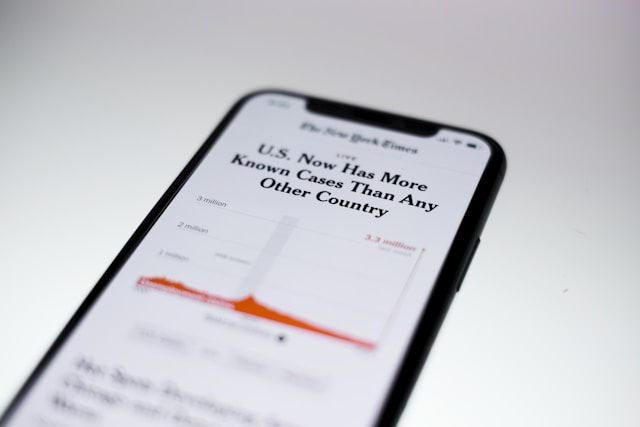
Scrutinize the Post Author/ Account
Internet/Twitter bots are fond of spreading misinformation, so check the poster’s profile or account before believing vital information. If it’s a bot, disregard the piece of information. But since real people propagate false news on social media, don’t spare anyone. Be it an influencer, public figure, or a random person, analyze their profile carefully.
You may discover that the informant frequently shares false information or lacks journalistic background in the news field. Those pushing propaganda sometimes publish fake news stories anonymously or with pseudonymous accounts.
Look out for Parody, Satire and Jokes
There are parody accounts that imitate popular profiles. A social media platform like Twitter permits the existence of such accounts if they are indicated in their handle and bio. Such accounts are usually for comedy, jokes, and entertainment.
Hence, they may distort stories or spread misinformation through memes and other media. So, don’t take any news you see on parody accounts seriously.
Identifying Clickbait
Some social media users intentionally fabricate false stories to generate clickbait. This technique lures people to a site and draws attention through emotions, so the headlines are emotionally appealing but vague. Unlike a proper headline, they don’t state the what, who, when, and why.
Also, it’s mostly a pop-up banner ad with an intriguing or too-good-to-be-true title. Another giveaway sign is that the header and images may not correlate.
Remember That Hackers Are Real and Active
Though genuine news platforms exist on social media, people should be wary of hackers. Well-trained hackers can access even the most complex systems and databases to increase misinformation. That’s why it’s advisable to always double-check headlines across multiple sites.
Read Between the Lines
Fake news and social media have become intertwined. Therefore, it’s vital to think critically and read between the lines. While a story may not necessarily paint one party as the villain, there may be subtle signs.
In professional news reporting, authors are objective and nonpartisan. They don’t spread a narrative that fuels hate against one party. Instead, they critically analyze the situation from both ends. So, any narrative that points fingers may be untrue.
High Engagement Doesn’t Signify Truth
Lows on social media spread ten times faster than the truth. That’s because they attract many likes, comments from bewildered readers, and reposts. Therefore, judging by post-interaction, one might believe false stories. But don’t fall for those.
Remember that people can buy likes and other metrics. So don’t believe a story just because of its engagement rate. Other measures for identifying fake news include identifying A.I. voices in videos and checking the date of events. If you apply at least five of these tips, you’ll be able to prevent the dissemination of disinformation.

Impact of Fake News on Social Media Marketing
Social media marketing is a form of digital marketing that involves advertising products and services. Hence, intense rivalry exists between competitors, some of whom will do anything to taint their opponent’s public image. Therefore, there’s a lot of fake news in the marketing sector.
The impact of fake news on social media marketing is beneficial for some and disastrous for others. If the attackers play the right cards, they can gain attention and engagement through misinformation. The false narrative then influences customers’ decisions by altering their sentiment towards a product.
So, while the attackers gain customers and make profits, their opponents might experience losses. Fake marketing news is thus a strategy brands can apply to manage their image.
Brands can even use it to create a false sense of urgency by inflating sales statistics, leading to higher demand. So, the influence of false news in social media marketing depends on the mode of use.
Fake News on Social Media Impact on Society
Fake news and social media are becoming inseparable. Malicious actors incite fake news to spark confusion, change the narrative, and promote propaganda, among other reasons. Unfortunately, their actions have negative consequences at all societal levels.
One major fake news on social media impact on society is the loss of trust in democratic institutions. For example, the U.S. 2016 presidential elections, which led to the popularity of fake news, brought accusations against the candidates. Due to this, some feel the outcome is false, leading to a loss of trust in the electoral process.
Besides breeding mistrust, there have been instances where stock prices drop, affecting the state of the economy due to misinformation. False information and conspiracy theories on critical issues can incite temperamental people to begin violent protests, leading to vandalism.
Moreover, misinformation can lead to victims developing psychological trauma that may induce self-destruct. For example, rumors had it that the culprit of the Boston bombing in 2013 was a missing student. However, research proved otherwise, but in the long run, the accused student committed suicide.
Rumors lead to slander, which stigmatizes victims. In such circumstances, their social life takes a hit as they tend to shut everyone out and isolate themselves.
So, to combat fake news on social media and improve these platforms, rid your timeline of all misinformative posts. If you’re distraught by the thought of filtering your entire timeline, TweetEraser can help. Our online filtering and deleting tool with keyword search functionality makes the process easy. So start cleaning your Twitter timeline and lessen the damage of fake news today!

